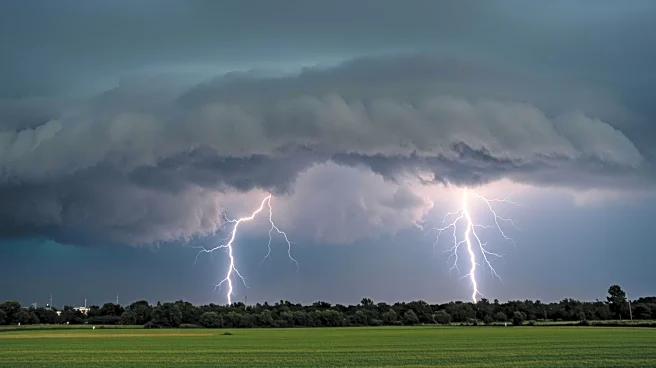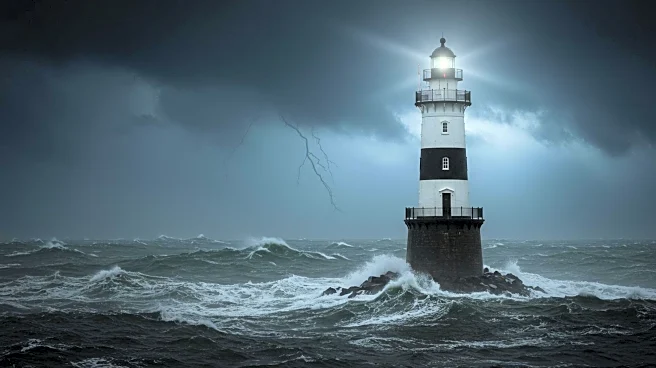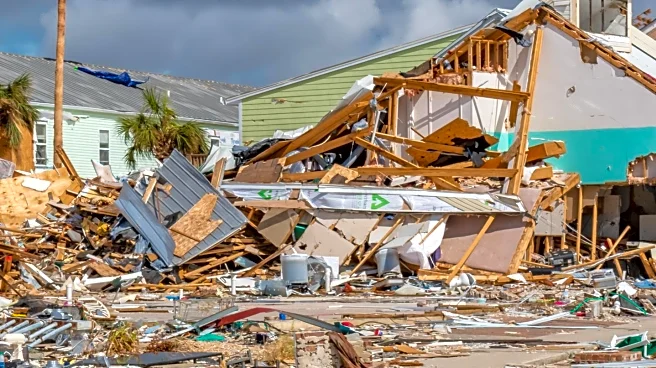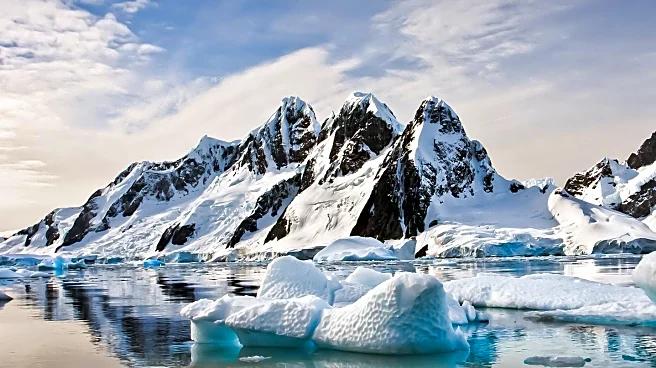Rapid Read • 7 min read
Nepal experienced devastating flash floods on July 8, caused by a glacial lake outburst from the Langtang Himal range. The floods severely damaged infrastructure, including a major trade bridge between Nepal and Tibet, which handles over $700 million in annual trade. Additionally, ten hydropower dams were affected, disrupting renewable energy supply to approximately 600,000 homes in South Asia. The floods resulted in nine fatalities and at least 18 missing persons, including Nepali citizens, police personnel, and Chinese nationals.
AD
Flash floods pose significant risks due to their unpredictability and rapid onset, often leading to costly damages. The recent floods in Nepal highlight the vulnerability of infrastructure and trade routes to extreme weather events. As global temperatures rise, the frequency of such events is expected to increase, necessitating smarter planning and investment in climate solutions to mitigate future risks. The economic impact on Nepal is substantial, with halted trade activities and damaged infrastructure requiring extensive rebuilding efforts.
Rebuilding efforts in Nepal will need to consider recent patterns of extreme weather rather than relying solely on historical data. Experts emphasize the importance of planning for future risks, which are expected to be higher due to climate change. Investing in climate solutions may help reduce the frequency and severity of such events, potentially saving costs in the long run.
The floods underscore the need for global cooperation in addressing climate change and its impacts. As countries like Nepal face increasing challenges, international support and collaboration could play a crucial role in developing resilient infrastructure and sustainable energy solutions.
AD
More Stories You Might Enjoy











